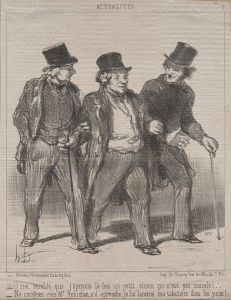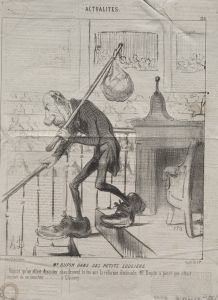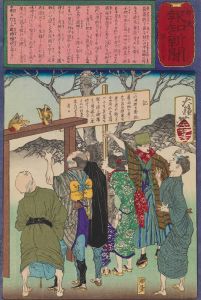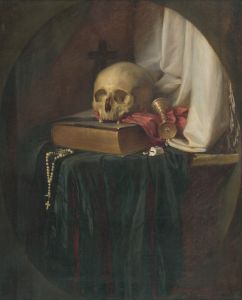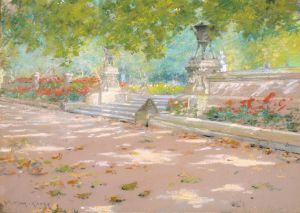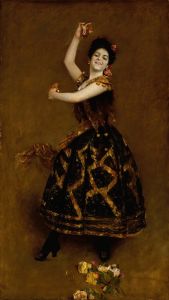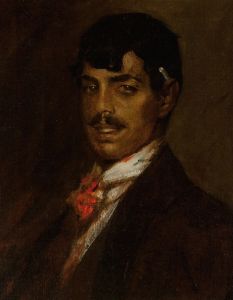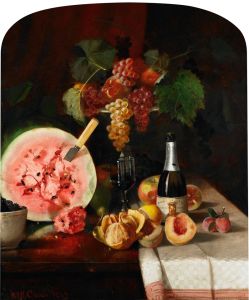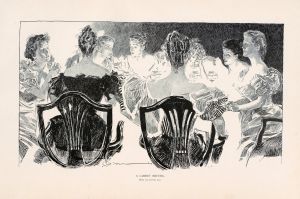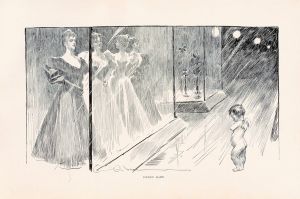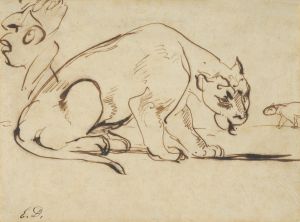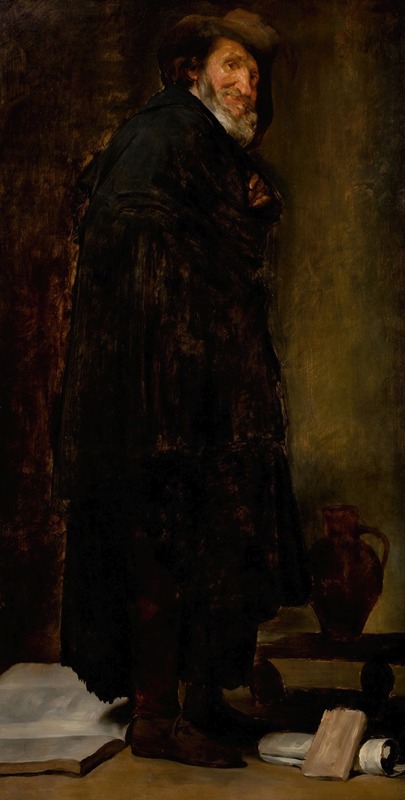
Copy of Velázquez’s Menippus
A hand-painted replica of William Merritt Chase’s masterpiece Copy of Velázquez’s Menippus, meticulously crafted by professional artists to capture the true essence of the original. Each piece is created with museum-quality canvas and rare mineral pigments, carefully painted by experienced artists with delicate brushstrokes and rich, layered colors to perfectly recreate the texture of the original artwork. Unlike machine-printed reproductions, this hand-painted version brings the painting to life, infused with the artist’s emotions and skill in every stroke. Whether for personal collection or home decoration, it instantly elevates the artistic atmosphere of any space.
William Merritt Chase, an influential American painter, created "Copy of Velázquez’s Menippus" as a homage to the Spanish master Diego Velázquez. Chase, known for his versatility and skill in various painting styles, was deeply influenced by European art, particularly the works of Velázquez. This painting is a direct copy of Velázquez's original "Menippus," which depicts the ancient Greek philosopher and satirist Menippus.
Diego Velázquez, a leading artist of the Spanish Golden Age, painted "Menippus" around 1639-1640. The original work is celebrated for its realistic portrayal and masterful use of light and shadow, hallmarks of Velázquez's style. Velázquez's "Menippus" is part of a series of portraits of philosophers, which also includes "Aesop" and "Mars." These works are noted for their psychological depth and the dignified yet humble representation of their subjects.
Chase's copy of "Menippus" reflects his admiration for Velázquez and his desire to study and replicate the techniques of the old masters. Chase was known for his academic approach to art and often encouraged his students to learn by copying the works of great artists. This practice was common in art education during the 19th century and was seen as a way to understand and internalize the methods of successful painters.
Chase's rendition of "Menippus" demonstrates his technical proficiency and his ability to capture the essence of Velázquez's style. The painting showcases Chase's skill in handling paint, his understanding of anatomy, and his ability to convey texture and depth. By copying Velázquez's work, Chase not only paid tribute to the Spanish master but also honed his own artistic abilities.
William Merritt Chase was a prominent figure in American art during the late 19th and early 20th centuries. He was a founding member of the Society of American Artists and played a significant role in the development of American Impressionism. Chase's work spanned various genres, including portraits, landscapes, and still lifes. He was also a dedicated teacher, influencing a generation of American artists through his work at the Art Students League of New York and the New York School of Art, which he founded.
Chase's "Copy of Velázquez’s Menippus" is an example of his commitment to artistic excellence and his respect for the traditions of European art. The painting serves as a bridge between the old masters and the emerging American art scene, highlighting the continuity and evolution of artistic practices. Through this work, Chase not only celebrated Velázquez's genius but also contributed to the rich tapestry of art history by preserving and perpetuating the techniques and styles of the past.





